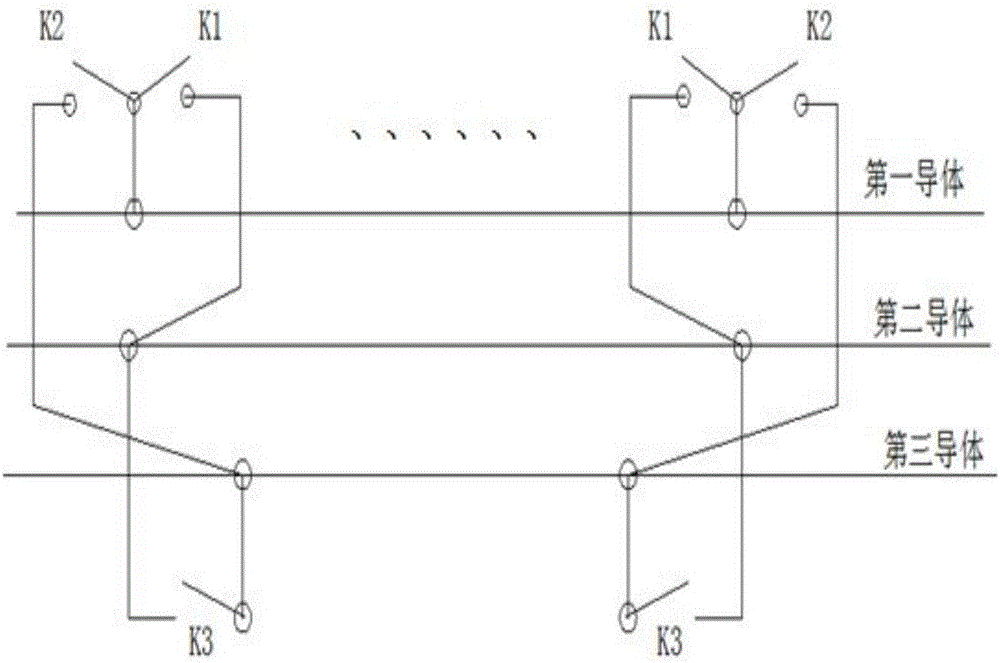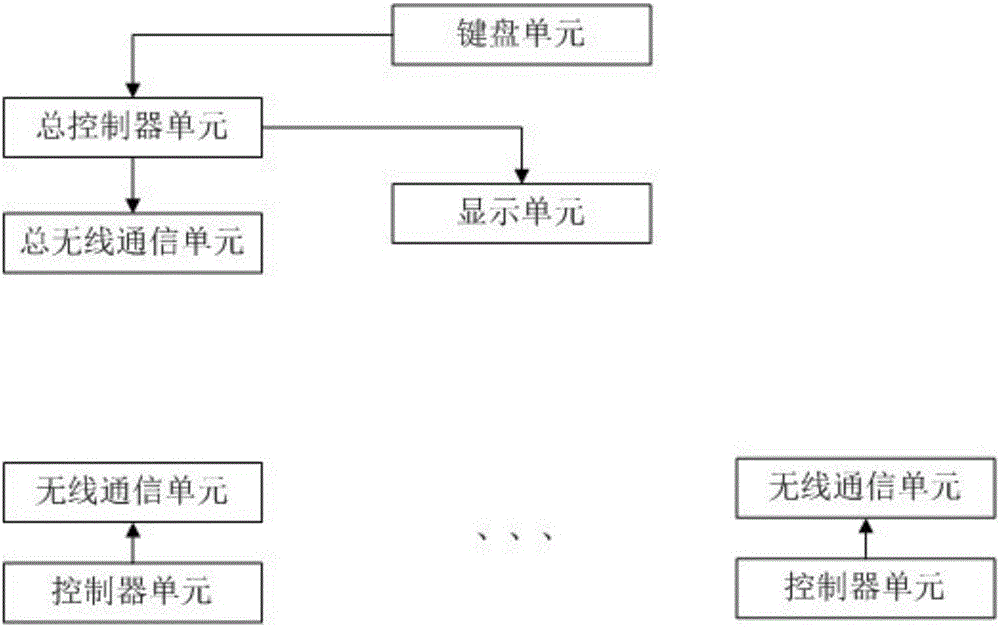High-strength low-electrical-resistivity high-voltage transmission power cable
A low-resistivity, high-voltage power transmission technology, applied to power cables with shielding layers/conductive layers, insulated cables, cables, etc., can solve problems such as difficult to find breakpoints, solve the problem of long-term large-scale power outages, and improve hardness , The effect of resistivity reduction
- Summary
- Abstract
- Description
- Claims
- Application Information
AI Technical Summary
Problems solved by technology
Method used
Image
Examples
Embodiment 1
[0042] Embodiment 1: High-strength low-resistivity high-voltage transmission power cable, including 3 conductors, a conductor shielding layer, an insulating layer, and a protective layer; the conductor shielding layer is arranged on the outside of the conductor, and the insulating layer is arranged on the outside of the conductor shielding layer. The conductor is arranged in the protective layer; it also includes a cylindrical fixing device, and the cylindrical fixing device is located in the protective layer; the side of the cylindrical fixing device is provided with three arc-shaped grooves at equal intervals; the three conductors They are respectively located in the arc-shaped groove; the cavity formed between the conductor, the cylindrical fixing device and the protective layer is filled with an insulating filler; it also includes a remote breakpoint detection unit and 6 terminal breakpoint detection units; the said The 6 terminal breakpoint detection units are equidistantl...
Embodiment 2
[0060] On the basis of Embodiment 1, the first switch, the second switch, and the third switch all use controllable thyristors.
[0061] Wherein, the conductor is made of aluminum alloy material, and the weight ratio of the aluminum alloy material is as follows: aluminum: 1000 parts; neodymium: 0.6 parts; boron: 4 parts; iron: 1 part; copper: 1.5 parts; : 1.5 parts; magnesium: 2.5 parts; zinc: 0.5 parts; lanthanum: 0.01 parts;
[0062] The first step: After preparing the aluminum alloy raw materials according to the above weight parts, firstly, the melting temperature is 730°C, after stirring, refining, and slag removal, the continuous casting machine is used to continuously cast aluminum alloy ingots of Φ120 mm, and then through Rapidly drop to 430°C in 6-8 seconds;
[0063] Step 2: Use an extruder to hot-extrude at 430°C to make a Φ30mm aluminum alloy rod;
[0064] Step 3: keep warm in an inert gas for 1 hour, then cool down to 300°C;
[0065] The fourth step: using a wir...
Embodiment 3
[0067] Others are exactly the same as in Example 1, wherein the conductor is made of an aluminum alloy material, and the weight ratio of the aluminum alloy material is as follows:
[0068] Aluminum: 1000 parts; Neodymium: 0.7 parts; Boron: 5 parts; Iron: 1 part; Copper: 1.5 parts; Silicon: 1.5 parts; Magnesium: 2.5 parts; Zinc: 0.5 parts; Lanthanum: 0.01 parts;
[0069] The first step: After preparing the aluminum alloy raw materials according to the above weight parts, firstly, the melting temperature is 730°C, after stirring, refining, and slag removal, the continuous casting machine is used to continuously cast aluminum alloy ingots of Φ120 mm, and then through Rapidly drop to 430°C in 6-8 seconds;
[0070] Step 2: Use an extruder to hot-extrude at 430°C to make a Φ30mm aluminum alloy rod;
[0071] Step 3: keep warm in an inert gas for 1 hour, then cool down to 300°C;
[0072] The fourth step: using a wire drawing machine to draw 6-8 times to prepare a Φ4mm aluminum alloy...
PUM
 Login to View More
Login to View More Abstract
Description
Claims
Application Information
 Login to View More
Login to View More - R&D
- Intellectual Property
- Life Sciences
- Materials
- Tech Scout
- Unparalleled Data Quality
- Higher Quality Content
- 60% Fewer Hallucinations
Browse by: Latest US Patents, China's latest patents, Technical Efficacy Thesaurus, Application Domain, Technology Topic, Popular Technical Reports.
© 2025 PatSnap. All rights reserved.Legal|Privacy policy|Modern Slavery Act Transparency Statement|Sitemap|About US| Contact US: help@patsnap.com



